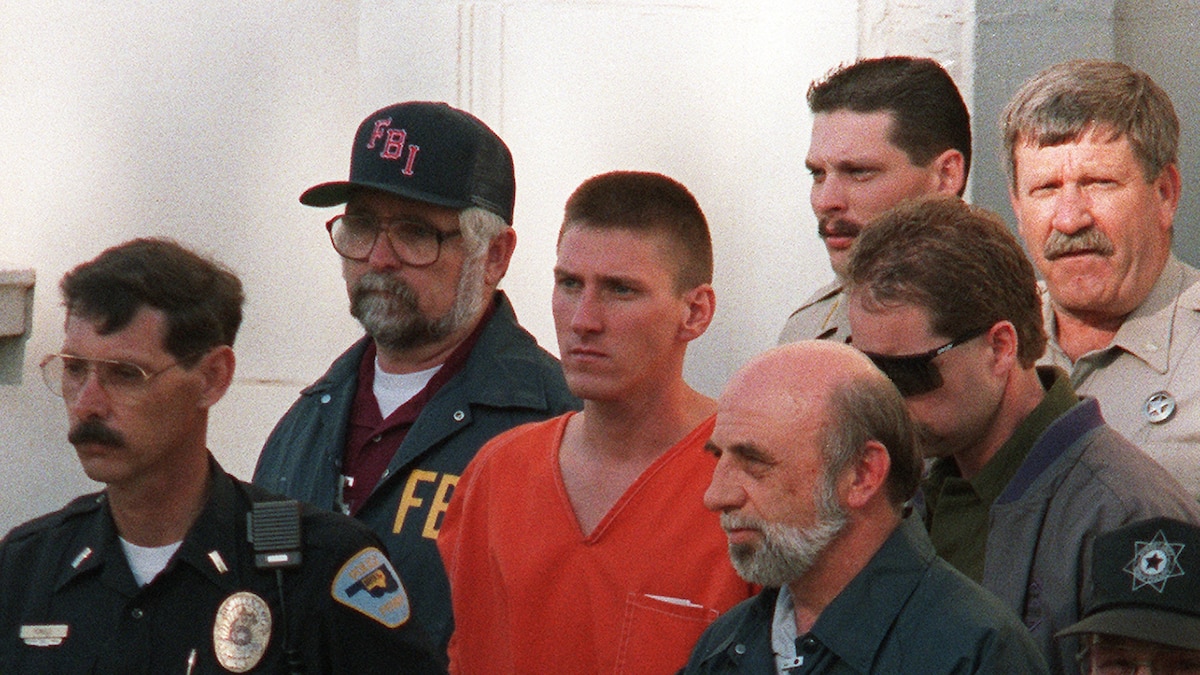Now Reading: Egyptian Royal Tomb Discovered: Mystery of Its Owner Deepens
-
01
Egyptian Royal Tomb Discovered: Mystery of Its Owner Deepens
Egyptian Royal Tomb Discovered: Mystery of Its Owner Deepens

Speedy Summary
- Archaeologists discovered a 3,600-year-old tomb in Abydos, Egypt, likely for an unnamed pharaoh from the “lost” dynasty.
- The tomb is located near the royal necropolis established around 1839 B.C. and linked to Egypt’s Second Intermediate Period (1650-1550 B.C.), marked by political conflict and fragmentation.
- Excavations reveal limestone walls, vaulted mud-brick ceilings, and hieroglyphic inscriptions invoking goddesses Isis and Nephthys but no identifiable human remains or treasures due to ancient looting.
- This period saw rival kingdoms ruling different parts of Egypt: northern regions controlled by the Hyksos dynasty while southern areas were governed by Theban pharaohs.
- The find provides insights into funerary traditions during Egypt’s chaotic Second Intermediate period and may contribute to understanding how Egypt transitioned into its New Kingdom era after unification under Ahmose I around 1550 B.C.
Two images of the site show limestone blocks forming corridors within burial structures at Abydos (Photographs by Dr. Josef Wegner). Excavations are ongoing thru 2025 covering more than 100,000 sq ft of terrain.
Indian Opinion analysis
The finding underscores how analyzing ancient periods of political fragmentation can improve broader historical understanding-valuable parallels exist with India’s struggles during medieval disunity before consolidation under powerful empires such as the Mughals or Mauryas. For India’s archaeological community, this highlights global efforts in meticulous excavation techniques that safeguard cultural heritage amidst potentially harsh environmental conditions like shifting desert sands seen at Abydos.
Ongoing research also suggests lessons for India’s monument conservation; sites like Indus Valley ruins could benefit from integrating protection strategies similar to efforts underway in Abydos until 2025. Moreover, as debates over dynastic governance take center stage globally-including mismanagement vs resilience narratives-the Egyptian “lost” dynasty discovery demonstrates how turbulent transitions create legacies shaping future golden eras akin to India’s gupta or Chola periods.























